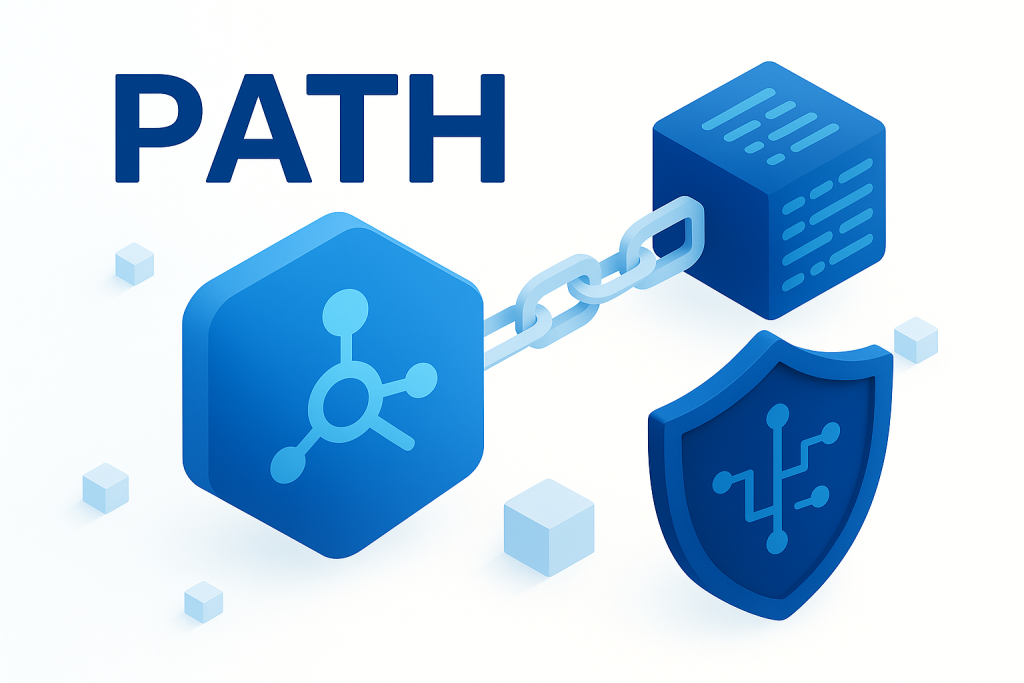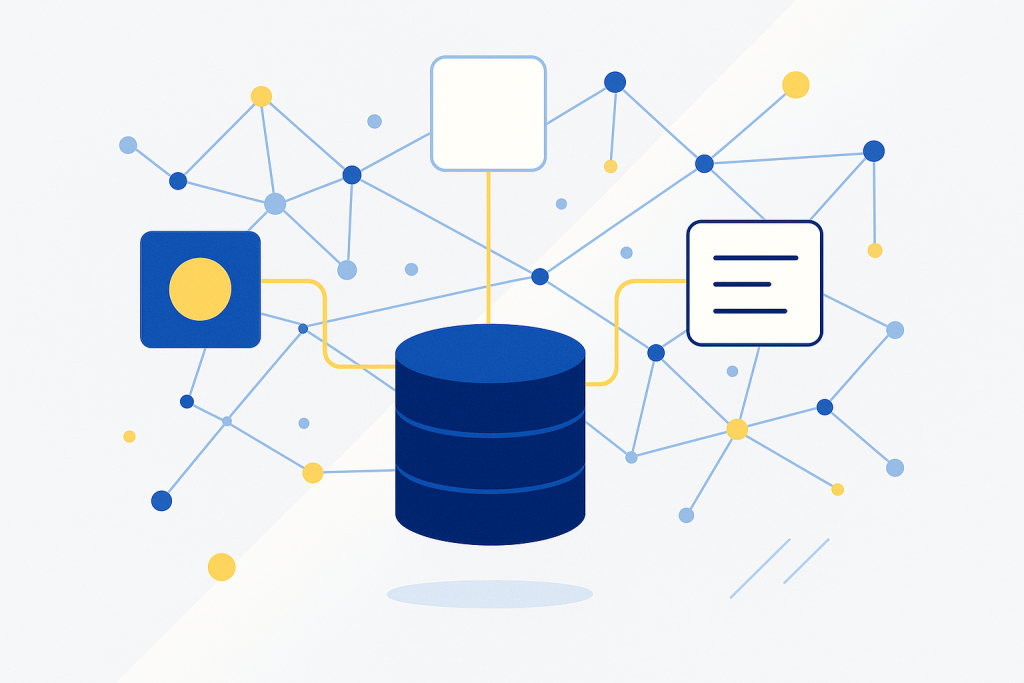Summary PATH is the open-source demand-side client for Pocket Network’s Morse and Shannon upgrade—a suite of APIs and orchestration tools that simplifies integration for applications, including enterprise deployments. It provides a lightweight off-chain Gateway for dispatching JSON-RPC relays into the network, leveraging Shannon’s on-chain proofs, compute-unit metering, token burns, and on-chain reward distribution, with built-in…
Author Archives: Pocket Network
Bonding Curves and Dynamic Pricing Explained
On May 16, 2024, the crypto meme world was jolted when a Solana-based meme coin platform, Pump.fun, was compromised by hackers who manipulated its bonding curve contracts. The exploit resulted in abrupt price swings and heavy losses—underscoring how powerful yet precarious these automated pricing mechanisms can be. Despite the exploit, bonding curves remain a foundational…
Common Web3 Gateway Issues and How to Solve Them
Web3 gateways serve as critical bridges between users and decentralized networks, but they often face performance, scalability, security, and data synchronization challenges. Below, we explore the key issues and actionable solutions to optimize these gateways for a seamless decentralized experience. Understanding these challenges and their solutions is vital for ensuring a seamless experience as users…
How Multi-Signature Authorization Works
Security remains a top priority in cryptocurrency transactions, especially as the industry faces rising threats from cyberattacks and private key compromises. One of the most effective safeguards is multi-signature (multisig) authorization, a mechanism that requires multiple approvals to validate transactions, reducing reliance on a single point of failure. Despite its security benefits, multisig is not…
Security Risks in Cross-Chain Interoperability
In summary, Cross-chain interoperability allows different blockchain networks to communicate and transfer assets seamlessly. However, it also introduces security vulnerabilities where hackers can exploit flaws. Recent history has shown multiple attacks on bridge protocols, resulting in hundreds of millions of dollars stolen. These vulnerabilities stem from various sources, including contract vulnerabilities, validator takeovers, and fundamental…
Deep Dive: Advanced Node Management Strategies, Tools & Techniques for Web3
In summary: Imagine managing a city’s traffic without a control center—it would be chaotic, unpredictable, and vulnerable to breakdowns. In Web3, nodes are the highways and traffic signals that keep the decentralized ecosystem moving. Whether you’re a seasoned developer or new to blockchain, advanced node management differentiates between a smoothly running network and one that…
8 Best Practices for Scaling Decentralized Networks for Reliability and Growth
Scaling decentralized networks can be challenging due to performance limits like low transaction speeds and high fees. Popular blockchain networks like Bitcoin and Ethereum process far fewer transactions per second (around 7 and 15-20 TPS, respectively) than native systems like Visa (65,000 TPS), opening the door to network competition on throughput and cost. As decentralized…
Centralized vs Decentralized APIs: A Developer’s Decision Framework
In Summary: How to choose the right architecture for performance, security & Web3 interoperability. APIs are essential tools that let systems communicate, but there’s an important decision to be made by Web3 developers especially: between centralized and decentralized infrastructure. Choosing the right one depends on your project’s performance, security, scalability, and control needs. Developers must…
What are Remote Procedure Calls (RPCs)?
Remote Procedure Calls (RPCs) enable one program to communicate with another across a network as if calling a local function. They are essential in both distributed computing and blockchain development. They simplify complex interactions, enabling fast, secure, and reliable communication between systems. Whether you’re building decentralized apps (dApps), interacting with smart contracts, or developing Web3…
Shannon Tokenomics Upgrade: POKT Token Is Now a Utility-Driven, Deflationary Asset
In summary: Introduction: Shannon Is Coming — And It Changes Everything Since its inception in 2020, Pocket Network has quietly built one of the most used decentralized infrastructure protocols in Web3. At its core, it enables applications to access blockchain data via a global network of decentralized node operators. The reward mechanism? $POKT. But with…






